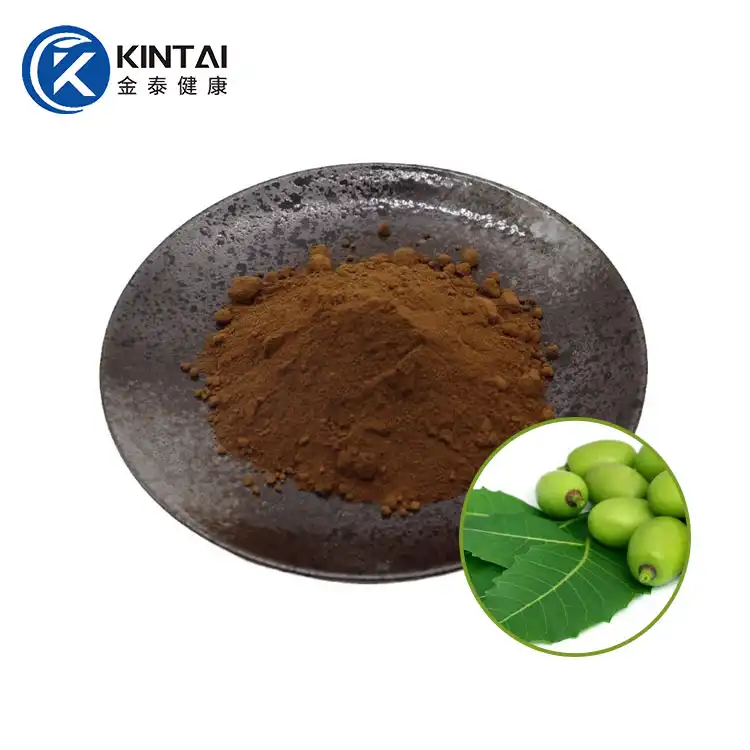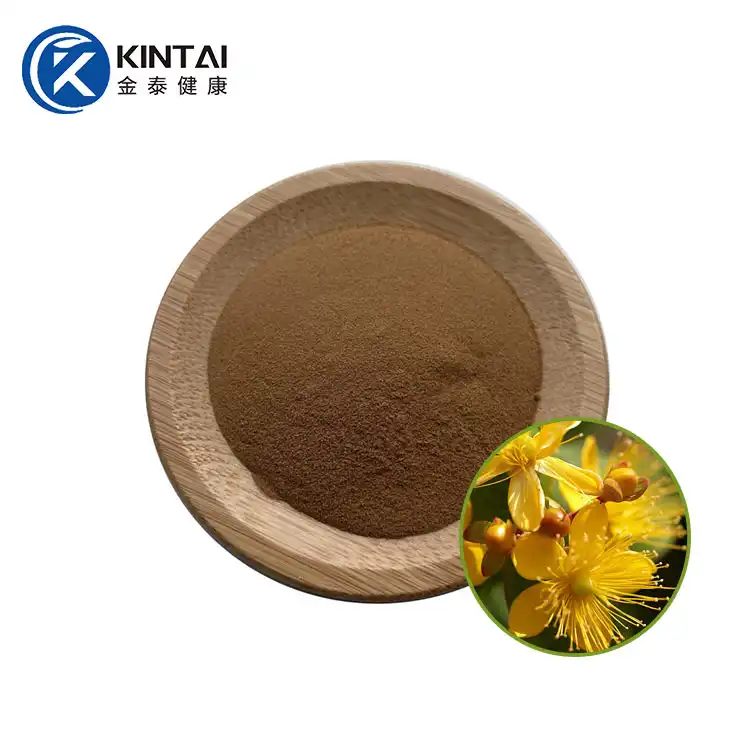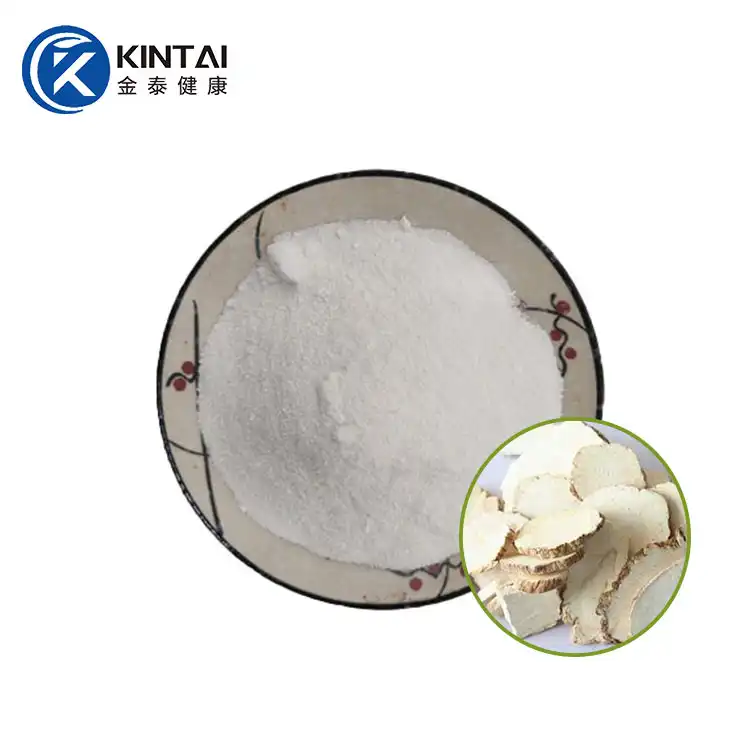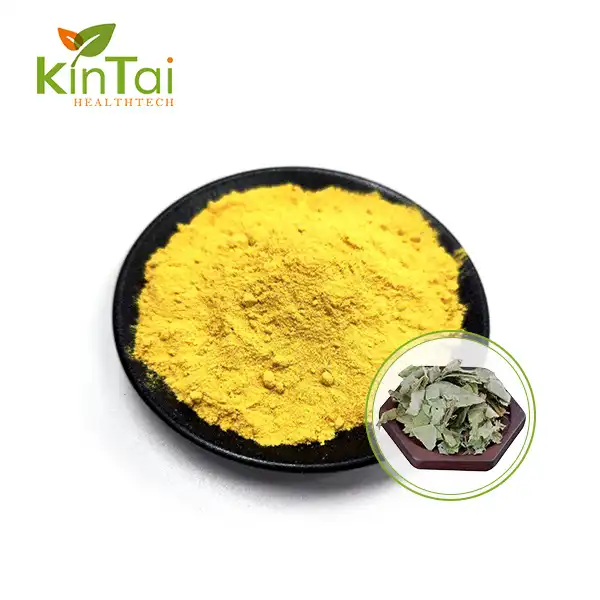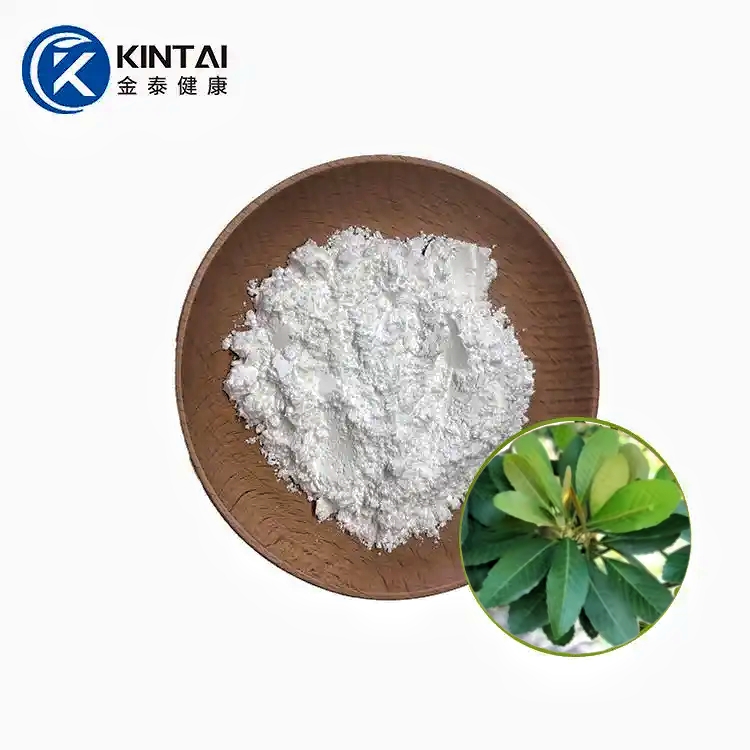How do you dissolve caffeic acid?
2024-09-14 09:41:17
How Do You Dissolve Caffeic Acid?
In the realm of organic compounds, caffeic acid stands as a significant player, renowned for its presence in various plants and its potential health benefits. However, understanding the nuances of this compound requires delving into its solubility, decomposition temperature, potential advantages, and addressing concerns regarding its carcinogenic properties. In this comprehensive exploration, I will elucidate the intricacies of dissolving caffeic acid, its decomposition characteristics, the perks it may offer, and tackle the question of whether it poses any carcinogenic risk.
Sources of Caffeic Acid
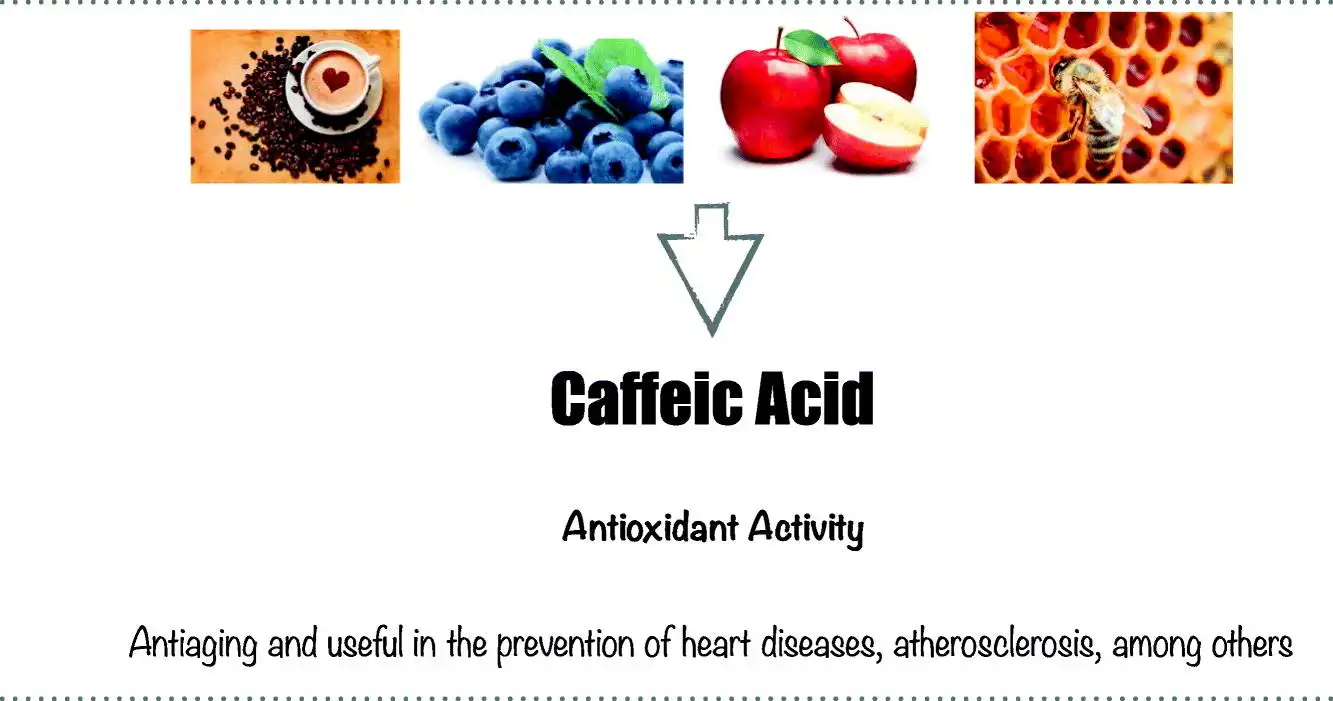
Coffee Bean Marvel
Among its diverse sources, coffee stands out as a major contributor to dietary Caffeic Acid intake. The roasting process not only enhances the flavor of coffee but also influences the composition of bioactive compounds, including this phenolic acid.
Fruits and Vegetables Bounty
Fruits such as apples, berries, citrus fruits, and vegetables like broccoli, spinach, and tomatoes boast significant Caffeic Acid content. Embracing a colorful and varied diet ensures a rich intake of this polyphenol along with an array of other essential nutrients.
Herbs and Spices Elegance
Herbs like thyme, rosemary, sage, and oregano are elevated by the presence of Caffeic Acid. These culinary treasures not only add aromatic depth to dishes but also contribute to the polyphenolic mosaic of our diets.
Solubility of Caffeic Acid: Unlocking the Dissolution Puzzle
Caffeic acid, a phenolic compound, exhibits varying solubility in different solvents. Dissolving caffeic acid can be achieved in polar detergents similar as ethanol, methanol, and water. The solubility in water increases with temperature due to the conflation's hydrophilicnature.This solubility characteristic forms the base for colorful birth processes, particularly in the product of certain medicinals and cosmetics.However, understanding the optimal conditions for dissolving caffeic acid is crucial for harnessing its potential applications.
Decomposition Temperature: Unveiling the Thermal Threshold
The stability of caffeic acid is paramount in applications ranging from food preservation to pharmaceutical formulations. At what temperature does caffeic acid decompose? Caffeic acid generally starts to decompose at temperatures above 235 degrees Celsius (455 degrees Fahrenheit). This thermal threshold is vital information for industries utilizing caffeic acid in processes where high temperatures are involved, guiding them to maintain its structural integrity and preserve its beneficial properties.
Caffeic Acid Benefits: Unraveling Nature's Health Elixir
Caffeic acid, generally set up in fruits, vegetables, and coffee, has garnered attention for its implicit health benefits. As a potent antioxidant, it plays a pivotal part in negativing free radicals, therefore contributing to cellular health. Studies suggest that caffeic acid may paradeanti-inflammatory parcels, making it a implicit seeker in the forestallment of habitual conditions. Exploring these benefits sheds light on the compound's positive impact on mortal health and well- being.
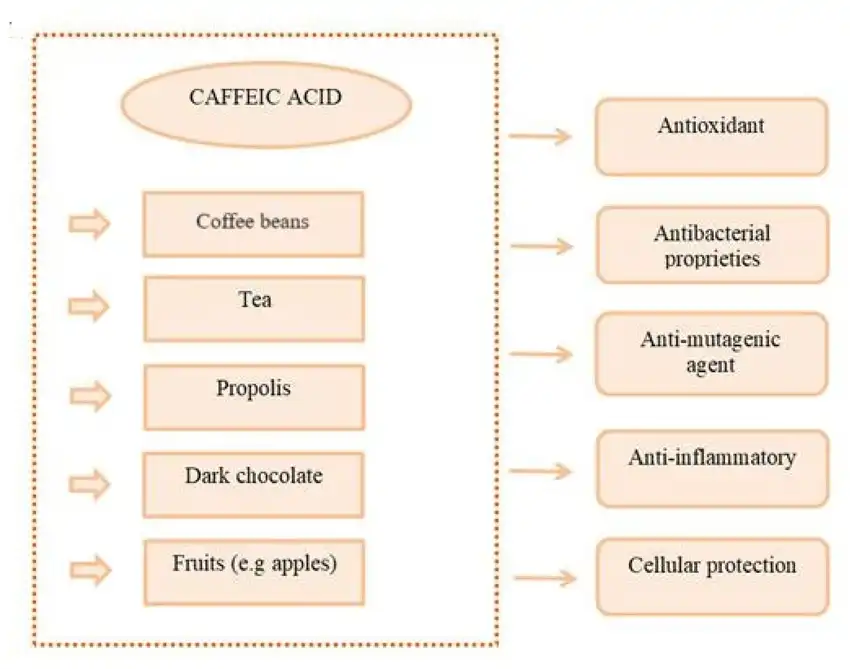
Cardiovascular Health
Some studies propose a connection between Caffeic Acid consumption and cardiovascular health. The compound may positively influence factors like blood pressure and lipid profiles, showcasing its potential in supporting heart health.
Anti-Inflammatory Properties
Caffeic Acid's anti-inflammatory properties have attracted attention in the context of inflammation-related conditions. While research is ongoing, preliminary findings suggest a potential role in modulating inflammatory responses.
Antimicrobial Activity
The antimicrobial potential of Caffeic Acid has been explored, demonstrating inhibitory effects against certain microorganisms. This property adds another layer to its multifaceted contributions to health.
What are the potential hazards of caffeic acid?
While caffeic acid is generally honored as safe when consumed in moderate quantities through salutary sources, it's pivotal to be apprehensive of implicit hazards associated with inordinate input or insulated supplementation.This section will provide an overview of any reported adverse effects, interactions with medications, and considerations for specific populations. A balanced perspective on the risks will be presented, keeping in mind the overall safety of including caffeic acid in one's diet.
Is Caffeic Acid a Carcinogen? Navigating Concerns and Confusions
Amidst the buzz surrounding caffeic acid benefits, questions about its safety persist. Is caffeic acid a carcinogen? Expansive exploration has been conducted to address this concern, and current substantiation suggests that caffeic acid, when consumed in temperance through natural food sources, poses no significant carcinogenic threat.However, like many compounds, excessive intake may lead to adverse effects. Understanding the balance between benefits and potential risks is crucial for informed decision-making regarding caffeic acid consumption.
Cautions and Considerations
Individual Responses
While Caffeic Acid holds promise in various aspects of health, individual responses may vary. Monitoring personal tolerance and consulting with healthcare professionals is crucial, especially for those with existing health conditions.
Balanced Intake
As with any compound, balance is key. Consuming a varied and well-rounded diet that includes Caffeic Acid-rich foods ensures a holistic approach to reaping potential benefits while avoiding excessive intake.
Future Directions in Research
Continued Exploration
The field of Caffeic Acid research is dynamic and evolving. Ongoing studies seek to unravel its nuanced interactions within the body, paving the way for a deeper understanding of its potential applications in health and wellness.
Conclusion
In the grand tapestry of nutrition and well-being, Caffeic Acid emerges as a versatile and fascinating player. From the morning ritual of sipping coffee to the aromatic infusion of herbs in our culinary creations, its presence weaves a symphony of flavor and potential health benefits. As we continue to unlock the wonders of this polyphenol, let us savor the richness it brings to our plates, cups, and the ongoing journey towards a healthier, more vibrant life.
In conclusion, unraveling the mysteries of caffeic acid involves understanding its solubility, decomposition temperature, health benefits, and addressing concerns about its potential carcinogenic properties. This exploration serves not only as a guide for industries utilizing caffeic acid but also as an informative resource for individuals seeking to comprehend the compound's role in promoting health. As we continue to unlock the secrets of nature's wonders, caffeic acid stands as a testament to the intricate and fascinating world of organic compounds.

